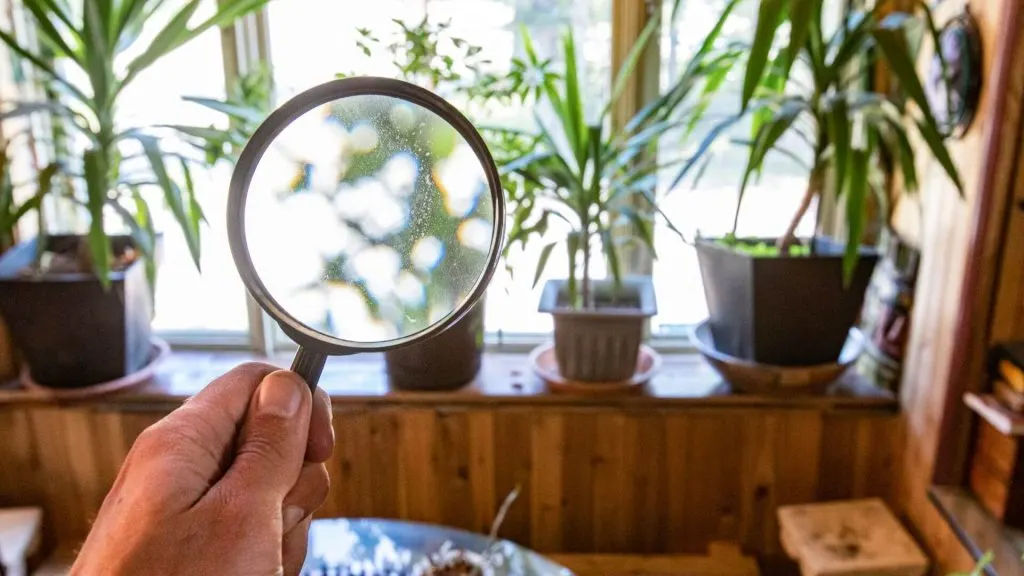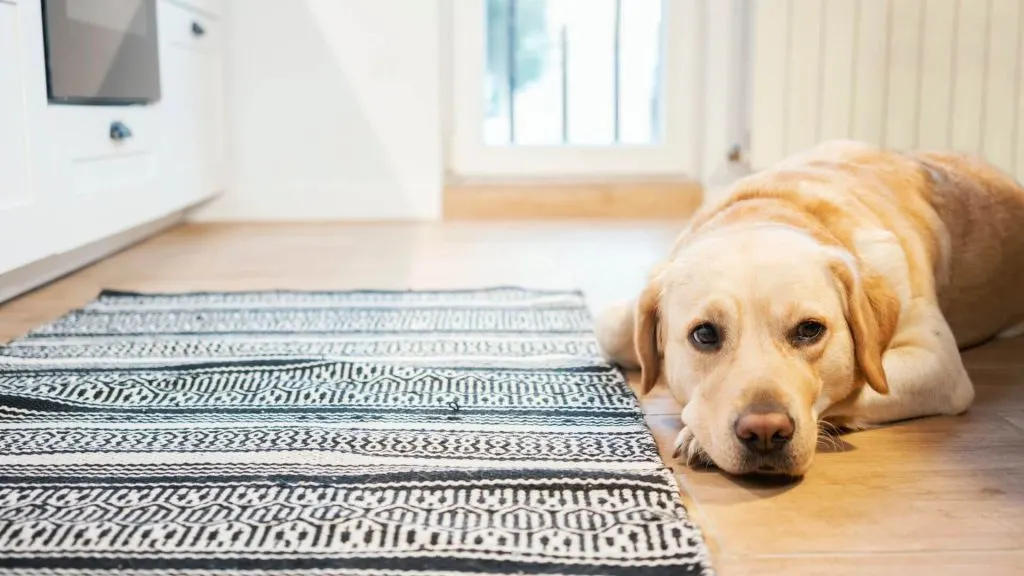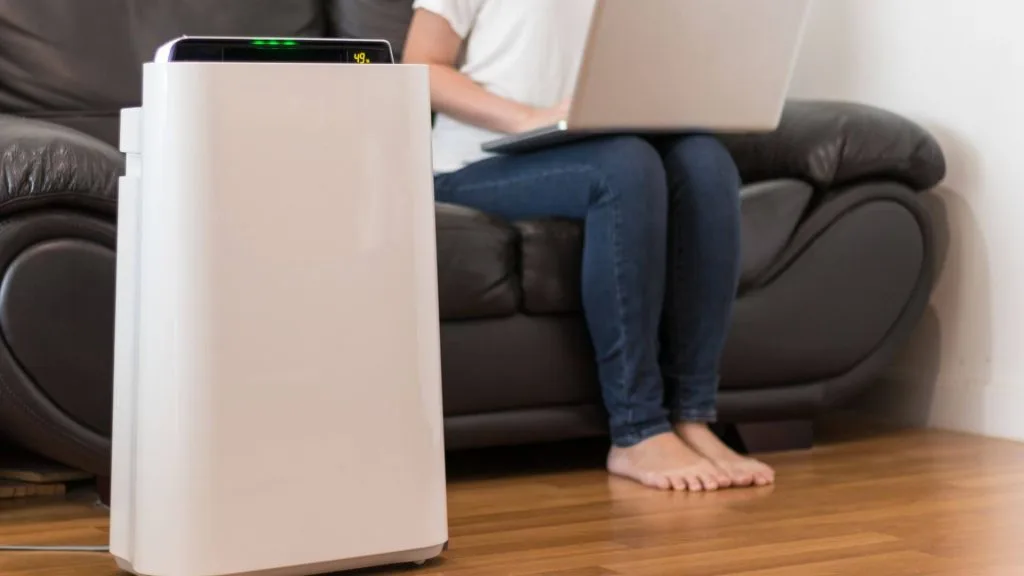There have been many reports that cover the fact outside pollution, and low air quality outside can have a significant impact on our health. But something that is less talked about is that the air quality in our homes matters too.
With many homes now struggling with heating and cold and an increasing number of homes with mold and condensation issues, it is essential to look at the factors that can reduce the air quality in your home.
Airy Quality in the Home: Impacting Factors and Methods of Improvement

VOCs
Paint, new flooring, and other household products can contribute to indoor air quality because they may contain and release Volatile Organic Compounds. Almost all households will have some level of VOCs, but when you start to get a more significant amount, you are likely to see some of the reflected in the health of your family members.
High VOCs can make people around you, and yourself have an increased allergic reaction, like runny noses and itching if they have eczema. Fatigue is a common reaction to poor indoor ventilation due to VOCs and increased nausea.
Dust
Our body’s reaction to dust is usually sneezing, runny nose, and more. But dust comprises many materials, including hair, pollen, dirt, and dead skin cells. Even for those who don’t typically have a strong reaction to a bit of dust, it can be very disruptive over time.
Dusting regularly is one way to reduce the dust in the home, but rather than using a feather duster and simply moving the dust around, a damp microfiber cloth will pick up better.
Vacuuming all surfaces and deep cleaning regularly can also reduce the dust in the air.
Dust can quickly collect in ventilation systems, which is why it is essential that you book regular duct cleaning or, if needed, an Arundel Heating and Cooling Heating Repair.

Pets
We might love them and keep them relatively clean, but the fact is that pets can decrease the quality of your indoor air – even while improving the overall quality of your life. Both dogs and cats shed fur regularly and bring dirt and grime in from the outside. Kitty litter boxes, pet beds, and more are hotbeds of dander.
An air filter in the home, deep and regular cleaning of the areas they spend the most time in, and a regular bath for the pet can dramatically reduce the amount of fur around the home.
Ventilation
Even with regular cleaning, if your home has poor ventilation, everything in the house that contributes to poor indoor air quality will be recirculated throughout the home. One of the most significant contributors to not having fresh air in the home is not opening the windows often enough.
Sometimes with lousy weather opening the windows isn’t an option, but even on the worst days, a few minutes can make a lot of difference.
Humidity
No matter where you live, some level of humidity is going to happen. In the last few years, there has been a dramatic shift in how hot and cold most places are getting. Some locations experience excessive humidity, which can lower the air quality of your home.
Managing the humidity in your home can be a matter of minor repairs and maintenance. Leaking tapes or pipes, moisture in crawl spaces, and more can increase the humidity in the home.
If the humidity in the home reaches over 50%, there is an increased chance that your home will begin to grow mold. Mold significantly contributes to lung irritation, shortness of breath, respiratory distress, skin issues, and more. If the humidity is below 30% in the home, that can cause throat soreness, dry eyes, and skin irritation.
Aim for about 35-40% humidity in the home at all times.

How can I improve the air quality in my home?
You can purchase a sensor that can measure your home’s air quality, which is a great starting point for handling the problem. Once you have clear air quality indicators, you can make some changes.
If you don’t wish to buy an air quality sensor, here are some tips to help you have better air quality in the home.
Warmth
A warm home is a big ask for many families with the increased energy cost. However, it is recommended to keep your home between 18 and 21 degrees (64.4 to 69.8). These temperatures reduce the likelihood of condensation and mold.
Condensation
One of the biggest culprits for condensation is drying clothing on an air dryer. Instead, use a tumble dryer to dry your clothing, or hand them outside where possible. If you need to dry them inside, try to put them in a bathroom or the kitchen with an extraction fan running.
Chemical free
Chemical-free and allergy-friendly cleaning products will have reduced VOCs because they don’t have added fragrances and chemicals. They are a clear alternative. The best option is to make your natural cleaning products, though. Another way to reduce the number of chemicals breathed in is by switching to solid cleaning products instead of sprays.
Hoovering
Hoovering is one of the biggest heroes in reducing the number of particles floating around your home. Hoovering at least every day is ideal.
Flooring
Carpets hold on to a lot of grime and dirt; even when well-vacuumed, you are likely to have more dust in your home than you should. Instead, consider if it would be worth switching to wood, stone, or laminate flooring. There are fewer places for dust to get trapped.
Hen we clean, we often get into a routine of cleaning the same spaces in the same way, every time. This may mean a couple of pesky places secretly stacking up dust and other irritants and lowering indoor air quality. So what can you do about it? Read this guide and add some extra spaces into your cleaning routine: Cleaning The Areas Of Your Home You Often Forget About — The Coffee Mom.

Jessi is the creative mind behind The Coffee Mom, a popular blog that combines parenting advice, travel tips, and a love for all things Disney. As a trusted Disney influencer and passionate storyteller, Jessi’s authentic insights and relatable content resonate with readers worldwide.
